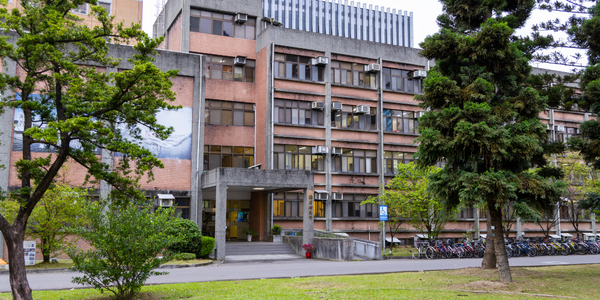Customer Company Size
Mid-size Company
Region
- America
Country
- United States
Product
- GPS Insight Fleet Tracking Solution
Tech Stack
- GPS tracking technology
Implementation Scale
- Enterprise-wide Deployment
Impact Metrics
- Productivity Improvements
- Customer Satisfaction
Technology Category
- Sensors - GPS
Applicable Industries
- Buildings
Applicable Functions
- Logistics & Transportation
- Field Services
Use Cases
- Vehicle Telematics
- Fleet Management
Services
- System Integration
About The Customer
Isaac Heating & Air Conditioning is a company that has been in business since 1945. The company has worked diligently, grown and evolved to meet the changing heating and air conditioning needs of homeowners and businesses in Upstate and Central New York. They have 85 vehicles with GPS Insight, which makes up 65% of their fleet. As the company started opening new branches, they realized the need to become more efficient and streamline their business. One of the biggest areas that needed to be addressed was the efficiency of their dispatching as they added more dispatchers and technicians to the company.
The Challenge
Isaac Heating and Air Conditioning, a company in business since 1945, faced challenges as they started opening new branches. They needed to become more efficient and streamline their business. One of the biggest areas that needed to be addressed was the efficiency of their dispatching as they added more dispatchers and technicians to the company. They also wanted to be sure that they were sending the closest technicians to calls using the best possible route, which was proving to be a challenge. Prior to implementing GPS tracking, zip codes were being used to dispatch drivers to calls, only to find out that in some cases, out of zip code technicians were actually closer. Given the lack of accuracy in dispatching drivers, this also affected their response time to emergency calls involving water and gas leaks, something that was a huge priority to improve.
The Solution
After a few years of researching GPS tracking technology and testing a few different vendors, Isaac Heating selected the GPS Insight Fleet Tracking Solution in 2009. The simple and easy-to-use interface was a big part of their decision as well as all the many reporting options available. Also, the ability to access their fleet information from virtually anywhere at any time via a computer or iPhone/iPad and receive alerts 24 hours a day made GPS Insight the clear choice. Initially, Isaac Heating faced skepticism from some of their technicians, but by effectively communicating how the technology would be used and explaining what data would be tracked, some of the “big brother” fears subsided. They allowed a 60-day grace period for their techs to adjust to having GPS tracking in their vehicles. Once the grace period ended, they held each tech accountable.
Operational Impact
Quantitative Benefit

Case Study missing?
Start adding your own!
Register with your work email and create a new case study profile for your business.
Related Case Studies.

Case Study
Energy Saving & Power Monitoring System
Recently a university in Taiwan was experiencing dramatic power usage increases due to its growing number of campus buildings and students. Aiming to analyze their power consumption and increase their power efficiency across 52 buildings, the university wanted to build a power management system utilizing web-based hardware and software. With these goals in mind, they contacted Advantech to help them develop their system and provide them with the means to save energy in the years to come.

Case Study
Intelligent Building Automation System and Energy Saving Solution
One of the most difficult problems facing the world is conserving energy in buildings. However, it is not easy to have a cost-effective solution to reduce energy usage in a building. One solution for saving energy is to implement an intelligent building automation system (BAS) which can be controlled according to its schedule. In Indonesia a large university with a five floor building and 22 classrooms wanted to save the amount of energy being used.

Case Study
Powering Smart Home Automation solutions with IoT for Energy conservation
Many industry leaders that offer Smart Energy Management products & solutions face challenges including:How to build a scalable platform that can automatically scale-up to on-board ‘n’ number of Smart home devicesData security, solution availability, and reliability are the other critical factors to deal withHow to create a robust common IoT platform that handles any kind of smart devicesHow to enable data management capabilities that would help in intelligent decision-making

Case Study
Protecting a Stadium from Hazardous Materials Using IoT2cell's Mobility Platform
There was a need for higher security at the AT&T Stadium during the NFL draft. There was a need to ensure that nuclear radiation material was not smuggled inside the stadium. Hazmat materials could often be missed in a standard checkpoint when gaining entry into a stadium.

Case Study
Commercial Building Automation Boosts Energy Efficiency
One of the challenges to building automation is the multitude of non-interoperable communications protocols that have evolved over the years. Buildings have several islands of automation. Bridging the islands of different automation without losing the considerable investment in each specialized control network is the main focus in this solution.








